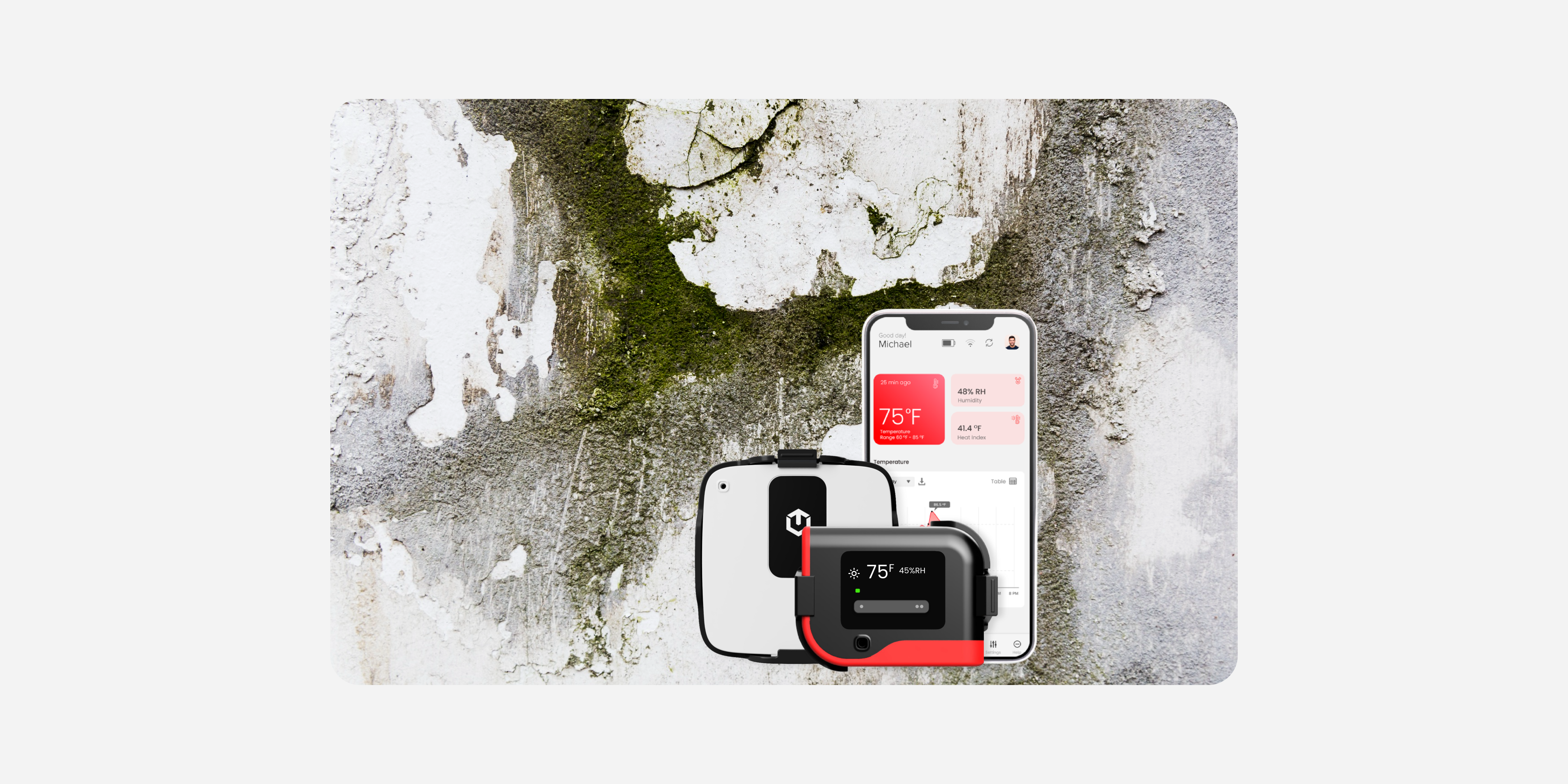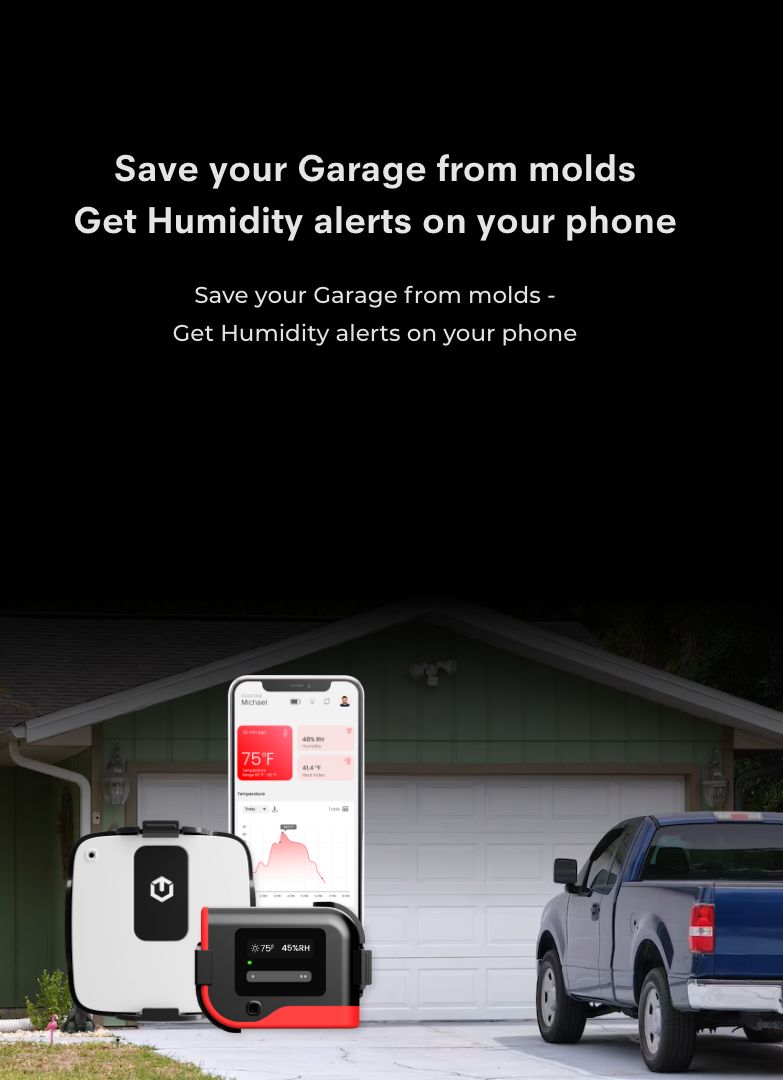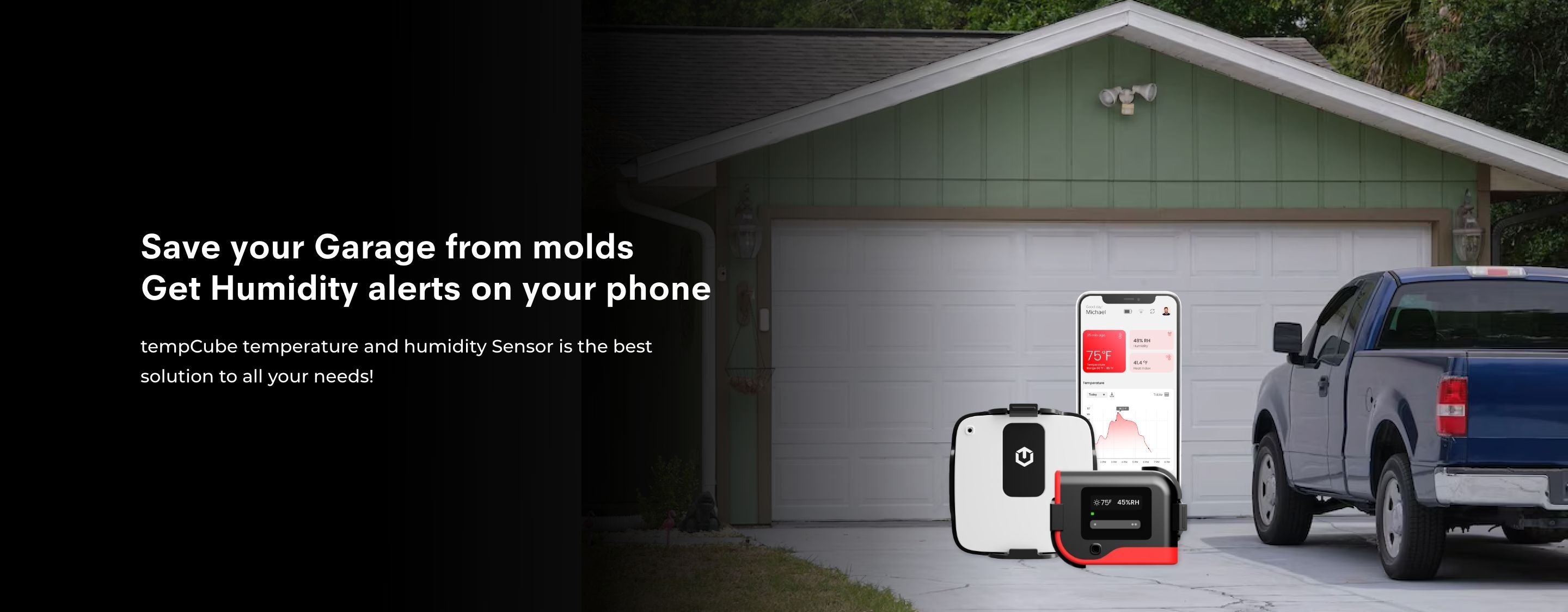Garage Temperature and Humidity Monitoring
What temperature stops to prevent the mold growth

Regular price
£132.00
Sale price
£132.00
Regular price
£218.00
Sale
39.45%
£86.00
(39.45%)









